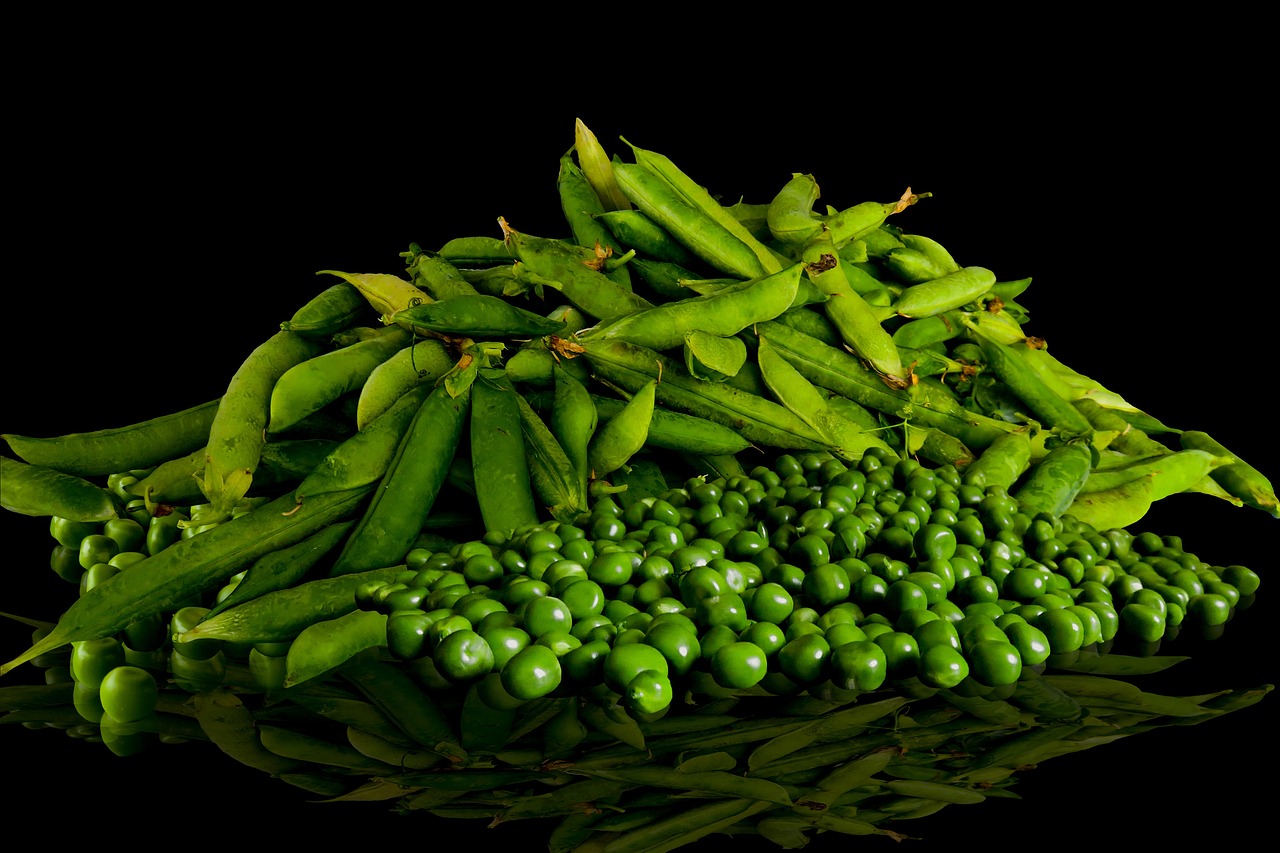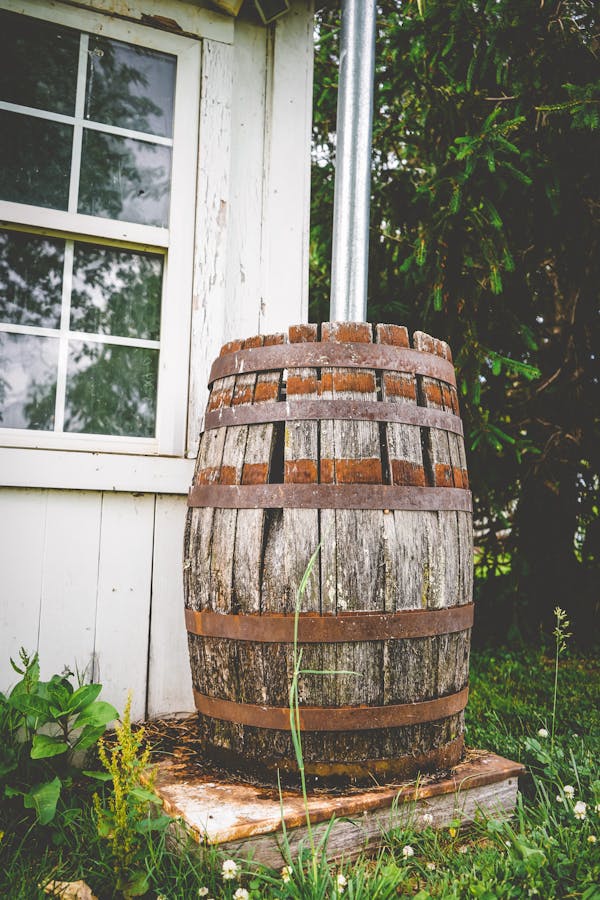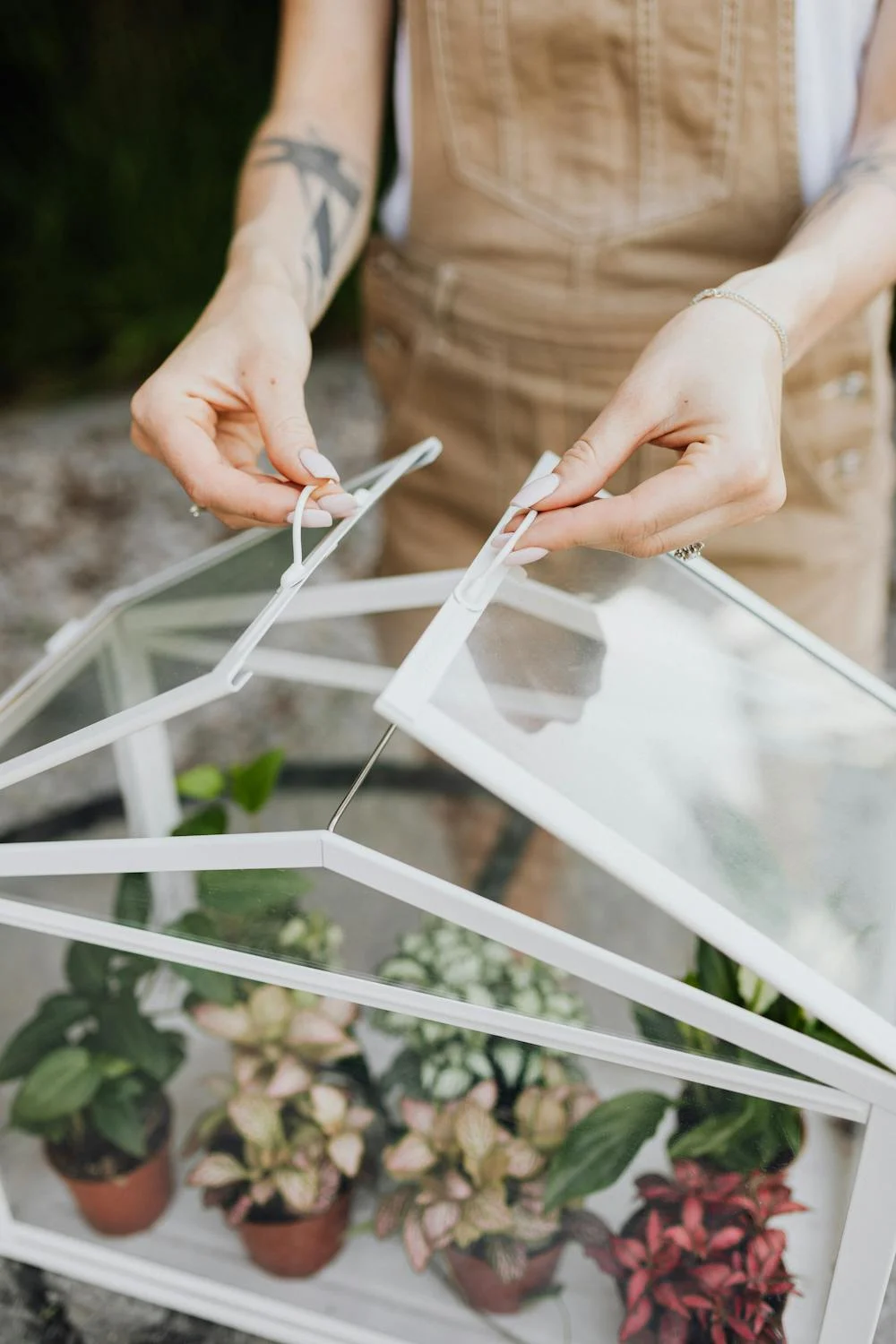Have you ever wondered if the size of your container affects the growth of your pea plants? Whether you’re working with a small space or just want to optimize your harvest, selecting the right container is crucial. The wrong size can result in weak roots, limited yields, and overall stunted growth. But don’t worry—choosing the right container is simpler than you think!
In this guide, we’ll cover everything you need to know, from selecting the best container size for different pea varieties to optimizing soil and drainage. Whether you’re a beginner or an experienced gardener, these insights will help you grow healthier peas in containers. Plus, we’ll highlight expert tips from PlantVillage, a trusted platform for sustainable farming and gardening knowledge. Let’s get started!

1. Choosing the Right Container for Peas
Selecting the right container is the foundation for a successful pea harvest. The right size and material ensure proper root development, drainage, and overall plant health.
Importance of Container Size for Healthy Growth
- Peas have shallow yet spreading roots, meaning they need both depth and width to thrive.
- Small containers restrict root expansion, leading to poor yields.
- A properly sized container allows for better water retention and nutrient absorption.
Material Options: Plastic, Clay, Fabric, or Wood
Each container material has pros and cons:
- Fabric Grow Bags: Excellent drainage and aeration; prevents root rot.
- Plastic Pots: Lightweight, affordable, and retains moisture well.
- Clay/Terracotta Pots: Aesthetic but dries out quickly, requiring frequent watering.
- Wooden Planters: Sturdy and natural-looking; may need a liner for durability.
Drainage Considerations for Pea Plants
- Peas dislike standing water, so ensure containers have multiple drainage holes.
- Elevate containers slightly to improve drainage.
- Use well-draining soil with added compost to retain moisture without waterlogging.
2. Ideal Container Size for Different Pea Varieties
Different pea varieties have different space requirements. Choosing the correct container size ensures healthy plant development.
Bush Peas vs. Climbing Peas: Space Requirements
- Bush Peas (Dwarf Varieties): Compact and ideal for 12-15 inch deep containers.
- Climbing Peas (Vining Varieties): Require larger 15-18 inch deep containers with supports.
Minimum Depth and Width for Proper Root Growth
- Depth: 12 inches minimum, but 15-18 inches is best.
- Width: 12-16 inches to allow multiple plants.
Recommended Container Sizes for Small Spaces
- Hanging baskets for trailing dwarf varieties.
- Window boxes at least 12 inches deep.
- Vertical planters for climbing peas in tight areas.

3. Optimizing Soil and Drainage in Containers
Healthy soil equals healthy plants. Here’s how to optimize your soil and drainage when growing peas in containers.
Best Soil Mix for Pea Growth
- Use a light, well-draining potting mix with compost.
- Avoid garden soil—it compacts and retains too much water.
- Consider adding perlite or sand for aeration.
Adding Compost and Nutrients for Better Yield
- Mix in organic compost for essential nutrients.
- Peas are nitrogen-fixing plants but still benefit from phosphorus-rich fertilizers.
- Rotate crops yearly to maintain soil health.
Ensuring Proper Drainage to Prevent Root Rot
- Drill extra holes if necessary to improve drainage.
- Add gravel or broken pottery at the bottom for better water flow.
- Water consistently but avoid overwatering.
4. Supporting Pea Plants in Containers
Peas often need support to grow upright and maximize yields. Here’s how to provide proper support in containers.
Trellis and Stake Options for Climbing Peas
- Use bamboo stakes, trellises, or tomato cages for climbing varieties.
- Space supports at least 4-6 inches apart for better airflow.
Maximizing Vertical Space with Container Gardening
- Attach trellises to walls or balcony railings for upward growth.
- Use hanging planters for bush pea varieties.
Choosing the Right Support Based on Container Size
- Small pots: Use compact trellises or stake support.
- Larger containers: Install taller, sturdier trellises.
Looking for more gardening tips? PlantVillage offers valuable research and insights on growing healthy crops in small spaces.

5. Common Mistakes to Avoid
Avoid these common mistakes to ensure your pea plants thrive.
Using Containers That Are Too Small
- Small containers limit root expansion and restrict growth.
- Choose a container at least 12 inches deep to avoid stunted plants.
Overcrowding Seeds and Limiting Growth
- Space seeds 2 inches apart to prevent competition.
- Overcrowded plants struggle for nutrients and airflow.
Ignoring Drainage and Soil Quality
- Poor drainage causes root rot and plant diseases.
- Use well-draining soil and check moisture levels regularly.
Selecting the right container for your peas is a game-changer. A container at least 12-18 inches deep, with proper drainage and support, will help you grow strong, healthy plants. Whether you opt for fabric grow bags, plastic pots, or wooden planters, ensuring the right size and material will set your garden up for success.
Have you tried growing peas in containers? Share your experience with ! Happy gardening! 🌱





Leave a Reply